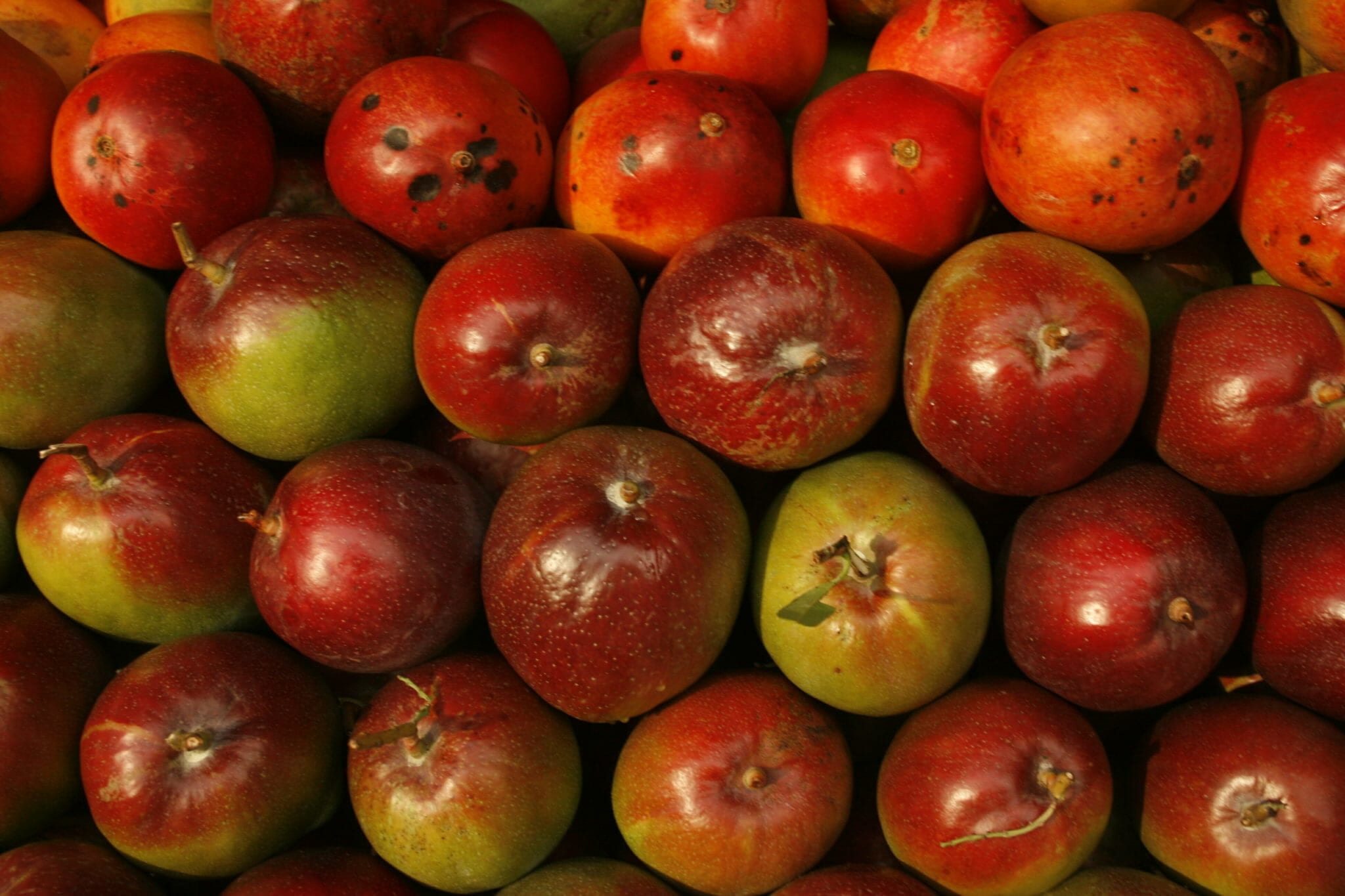
Fighting Injuries Naturally
Every one of us has had some sort of pole-related ache or pain as we’ve progressed. Hopefully you’ve avoided serious sprains and tears, but more than likely you’ve at least been left with aching joints or ligaments at some point. When we’re hurting, we may often reach for the bottle of Advil or aspirin without a second thought. These powerful medications do indeed help with pain and inflammation, but that may not be the right thing for your body.
Inflammation and swelling is your body’s way of taking action against an insult, and starting the healing process. Let’s say you roll your ankle off a 6″ stiletto. You do no major damage, but you create some micro-tears to the tissue in the area. By sending in inflammatory compounds and thereby inflaming the ankle, your body creates a pathway that allows the immune system to mount a defense and start the healing. That inflammation ushers the white blood cells to move in and clean up the damaged tissues. (It’s also why infected tissues get inflamed–so the white blood cells can rush in to kill off the invading bacteria.) Once the body has inflamed the area to start the healing process, it can then send in anti-inflammatory compounds to further help heal and calm the injury. So, the body’s natural process is, it must inflame before it can anti-inflame.
Non-steroidal anti-inflammatories (NSAIDs) like Advil stop the body’s process of creating pro-inflammatory compounds, and therefore reduce pain and swelling, but in so doing they also stop the creation of the body’s anti-inflammatory compounds, and can slow healing. Aspirin and NSAIDs can also cause a host of other problems in the body, chief among them damage to the stomach lining and interference with good digestion. They will also make bruising worse.
There are some good alternative routes to help relieve pain and swelling, when it’s too much to just ride out.
First, take a good look at your diet. Both our pro-inflammatory and anti-inflammatory compounds are created by the body from the fatty acids (fats) we eat, which is why high quality omega 3 and 6 fats such as those found in nuts, seeds, and fish are key to the healing process. A good mixed EFA (essential fatty acid) supplement is worth adding to your daily regimen, especially during times of healing. Vitamins C, E, B3, B6, and the minerals magnesium and zinc are key cofactors to these processes as well. Fresh fruits and dark green veggies, poultry, fish, beef, mushrooms, sunflower and pumpkin seeds, avocado, beans, cashews, and prunes will give you healthy doses of these nutrients. Remember also that sugar is highly inflammatory and will slow your healing process.
Especially when it comes to joint pain, water is your friend. The cartilage in our joints is 80% water. The main key to healthy joints, and the first remedy to reach for when they start popping and clicking, is water: half your body weight in ounces daily (to a maximum of 100 ounces). For healthy collagen, the matrix of glue that holds our cartilage together, ensure your diet contains adequate protein (amino acids), vitamin C, iron, copper, and water. One major component of collagen is chondroitin sulfate. Glucosamine and chondroitin sulfate supplements can make a huge difference to joint health, but they must be consistently taken 3x/day for up to 6 weeks before you will see any effect (and must be avoided if you are allergic to sulfur). Also for joints, antioxidants combat the free radicals and enzymes that damage the joint (synovial) fluid, and EFAs help with swelling and pain–so make sure to eat lots of colorful fruits and veggies, nuts, seeds, fish, and avocado.
Finally, there are some natural supplements that can be very helpful. All of these can be found at Whole Foods or other natural stores:
- White willow bark is the plant that contains the active ingredient that is synthesized into aspirin. It is usually in a tincture.
- Capsaicin gel or cream can be useful applied topically for joint, muscle, or nerve pain. Its active ingredient is derived from chili peppers.
- Boswellia is an anti-inflammatory compound derived from a tree, and can be used as a topical cream or an oral supplement.
- Curcumin is the bright-yellow compound found in the herb turmeric, and is a powerful anti-inflammatory. Taken as a supplement, it should also include the active ingredient from black pepper, which increases its effects.
Train safely, but know that when the pole takes a toll, you have some tools to fight back!
- Water Water Everywhere - February 20, 2015
- Fighting Injuries Naturally - February 3, 2015
- SUGAR BY ANY OTHER NAME - January 13, 2015
This Post Has One Comment
Comments are closed.



Claire is a brilliant pole daencr and teacher, her lessons are great fun and she is supportive and encouraging to everyone in the group. Thanks for all your help in teaching and inspiring me